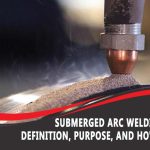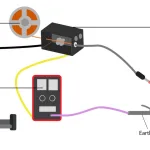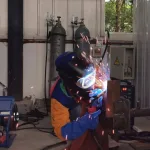The composition of arc welding flux includes minerals, alloying materials, and chemical additives. Its main objective is to shield the molten metal and filler material from reacting with atmospheric gases, acting as a substitute for shielding gas.
Welding on the Farm or Ranch
Welding Town
Manufacturers often incorporate the flux into a consumable electrode to make it more convenient for users. When the electrode is welded, the flux is consumed along with the electrode, offering the advantages of its added minerals, chemicals, and alloying elements.
By using the flux/electrode combo, welders do not have to separately select, purchase, handle, or apply the flux. This pre-made combination is widely used for most welding tasks. However, there are also specialized applications where flux is utilized in different ways.
The flux provides protection to the welds by preventing reactive gases in the atmosphere and ensuring arc stability. This combination of benefits allows for the creation of strong and aesthetically pleasing welds without the need for shielding gas.
In arc welding, different flux mixtures are used depending on the specific metal being worked on, and there are various techniques that employ the flux. This article aims to provide an overview of what flux is and its role in arc welding.
What is the meaning of Flux?
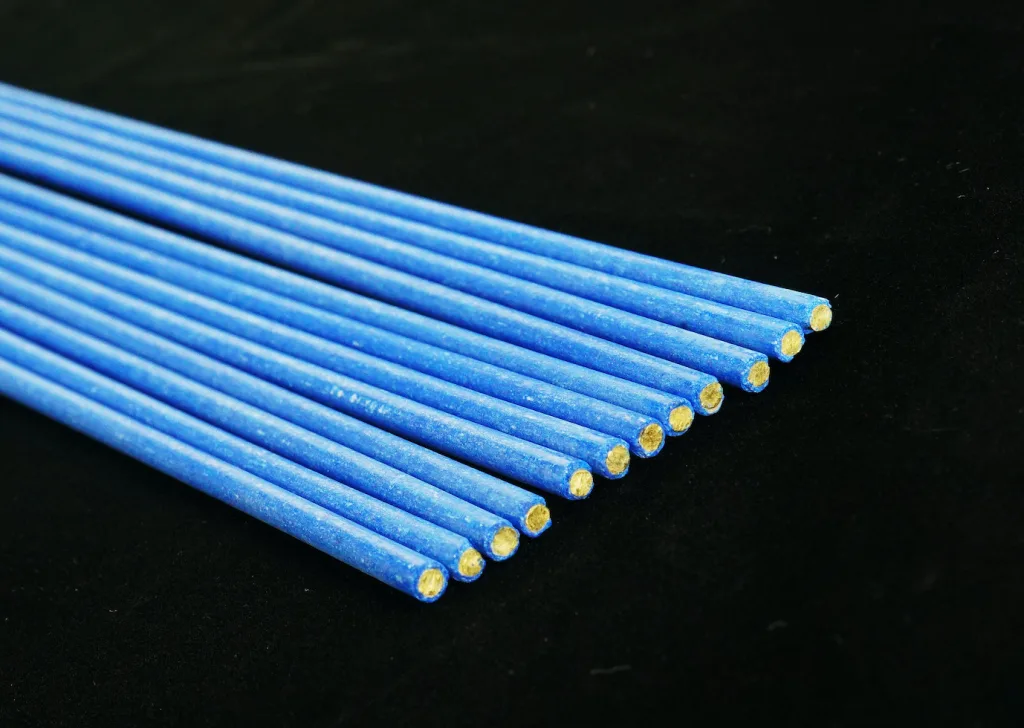
Flux is a composition that combines both organic and inorganic materials in a complex manner.
Each ingredient in the mixture serves a specific purpose. For instance, silica and lime act as flux agents, eliminating iron and impurities during the process of steel production. Titanium dioxide and iron powder, on the other hand, can generate slag when included in the mixture; additionally, iron powder enhances the heat in the welding arc, resulting in increased penetration and travel speed.
Ammonium chloride, resin acids, zinc chloride, hydrochloric acid, and borax serve to improve or impart specific properties to the flux mixture. Wood flour, limestone, and cellulose generate gases that protect the weld from atmospheric gases.
The flux mixture undergoes intricate chemical reactions. The precise composition of the flux depends on the type of metal and its particular alloy. Hence, having the correct flux for a weld is crucial.
Inside a flux mixture, significant chemical reactions are taking place. The specific composition of the flux mixture varies depending on the metal and its corresponding alloy. Therefore, it is crucial to have the appropriate flux for the welding process.
What is the process of Flux and how does it work?
The Flux merges with the welding pool, causing it to become fluid while also creating a layer of slag on top. At the same time, it undergoes a reaction with the heat, resulting in the release of a shielding gas. Consequently, both the slag and gas formation act as a shield, safeguarding the weld against the reactive gases present in the atmosphere.
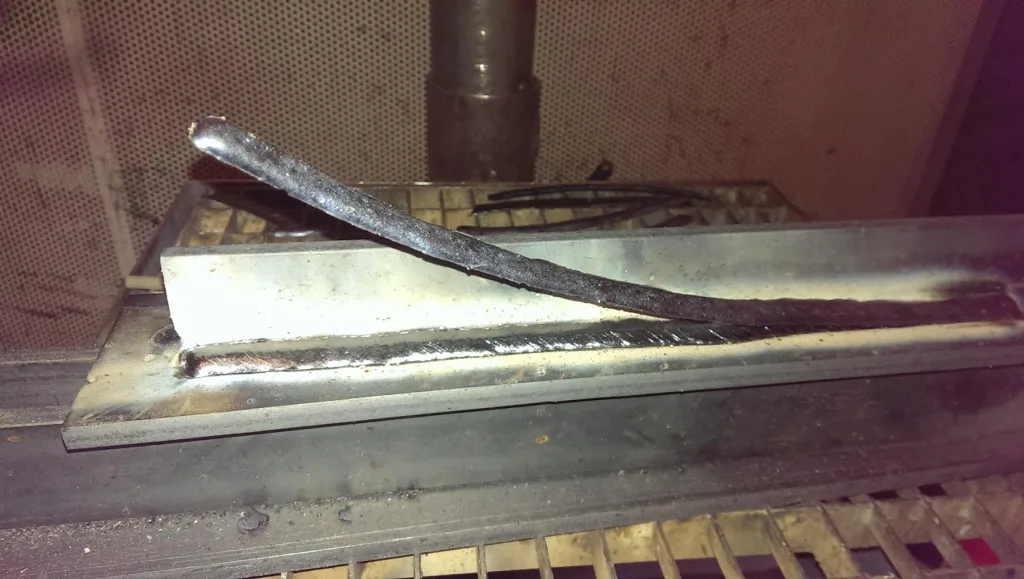
However, the formation of slag during the welding process also acts as a means of purifying the weld, which is advantageous. Nevertheless, after the weld has solidified, it becomes necessary for the welder to eliminate the slag by employing tools like a wire brush, chipping hammer, or angle grinder.
The presence of slag in the aftermath of welding is why certain welders use the term “slag welding” to describe any welding technique involving flux.
Which welding processes utilize flux?
The methods for using flux in arc welding can differ. However, the two primary types are applying flux to stick electrodes (SMAW) or using a flux-cored wire (FCAW).
Another frequently used technique in the pressure vessel sector is to cover the arc with a layer of flux, which is known as submerged arc welding (SAW).
Now, let’s examine each of these methods more closely.
Flux-core welding, also known as FCAW, is a welding technique.
Flux-core welding, also known as FCAW, employs a special type of wire that has a hollow core filled with flux. This wire is surrounded by a metal sheath and produces welds similar to those obtained using MIG welding (GMAW). One advantage of this technique is that it eliminates the need for a gas bottle, while still offering the ability to achieve high production rates through fast and straightforward wire feeding, a feat that cannot be matched by stick welding (SMAW).
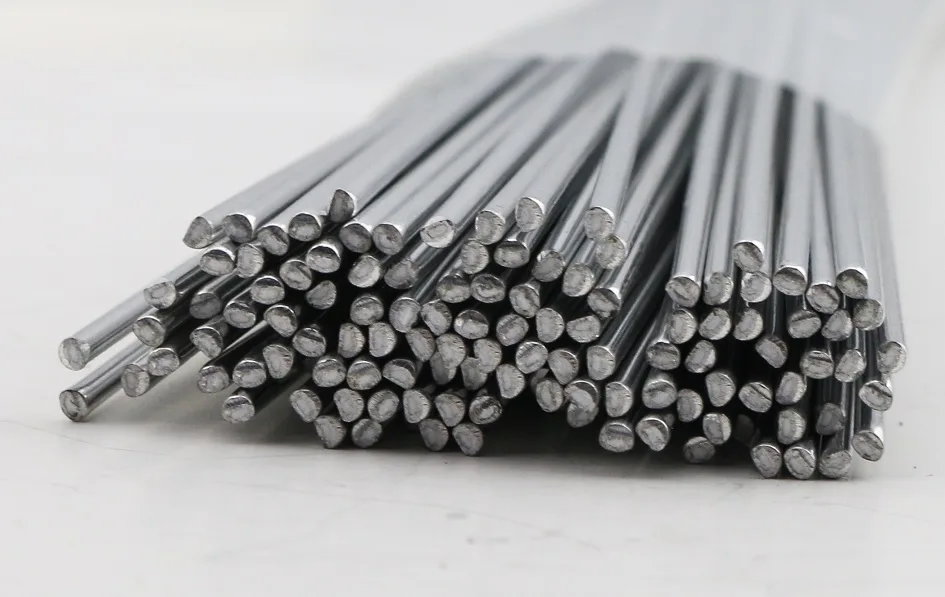
Flux-core welding, also known as FCAW, employs a special type of wire that has a hollow core filled with flux. This wire is surrounded by a metal sheath and produces welds similar to those obtained using MIG welding (GMAW). One advantage of this technique is that it eliminates the need for a gas bottle, while still offering the ability to achieve high production rates through fast and straightforward wire feeding, a feat that cannot be matched by stick welding (SMAW).
SMAW, also known as Stick Welding, is a welding technique.
Stick welding rods, also known as SMAW rods, are equipped with a solid electrode in the middle that can be consumed during the welding process. These rods also have an outer coating made of flux, with its composition varying depending on the specific metal being welded. As a result, welders need to purchase an electrode that is specifically designed for the metal they are working with.
Once the appropriate welding rod has been selected for the job, the consumable electrode in the center serves as the filler material. Additionally, since the manufacturer has applied the correct flux mixture to the outside of the electrode during production, it ensures that the flux is of the proper composition for the welding process.
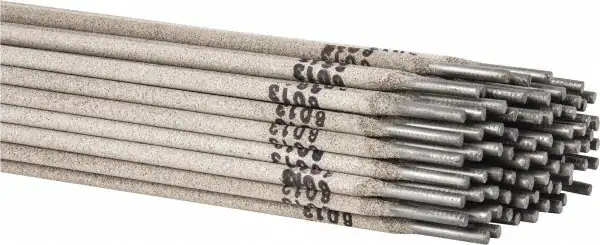
The flux, having a lower melting point than the base metal, melts and floats upward to the surface of the molten weld. Upon cooling, the flux solidifies and becomes known as “slag.”
The upward motion of the flux aids in the creation of a shielding gas, eliminates impurities from the weld, and forms a protective layer of slag that shields the heated joint.
Stick welding is a widely used technique in both workshop and outdoor settings, and the equipment required for this process is relatively affordable. These qualities contribute to its popularity among welders who prefer flux-based options.
SAW is an acronym for Submerged Arc Welding.
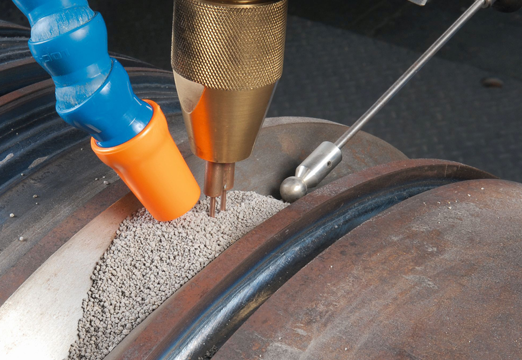
Although submerged arc welding is not as widely known as the previous two flux uses discussed, it is nevertheless a commonly used practice. This technique involves the continuous feeding of an electrode into the joint, similar to flux-cored welding. However, the main distinction lies in the way the flux is applied. Instead of being applied directly on or in the electrode, a granular powder flux is used. This flux acts as a protective layer over the arc, which is fed through a separate tube connected to a flux hopper. Due to its suitability for situations requiring large-scale welding, this process is typically automated.
FAQ
Is Flux Difficult to Use?
Although flux-core wire feed systems may not feel as smooth as a regular MIG machine, it becomes apparent that they are not much more difficult to use after running a few beads.
Shielded metal arc can be tricky for inexperienced welders, and the type of electrodes used plays a significant role. Welding rods with more flux are generally easier to work with.
It is important to remember that each welding rod serves a specific purpose when choosing the appropriate electrode.
Are Flux Welds of Good Quality?
When using flux-cored wire, it may be more challenging to see the weld puddle, which can lead to less visually pleasing welds. However, with practice, anyone can achieve satisfactory results.
Similarly, stick welding can produce unattractive welds when done with insufficient skill. Nevertheless, it can also produce beautiful welds when executed correctly. The true quality of the welds becomes evident after removing the slag.
Can Flux be Used Indoors?
Using flux-core wire generates more potentially toxic fumes compared to a regular MIG machine. The flux itself releases gases that are strong enough… [message incomplete]





